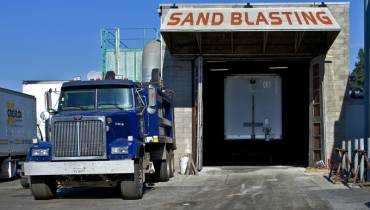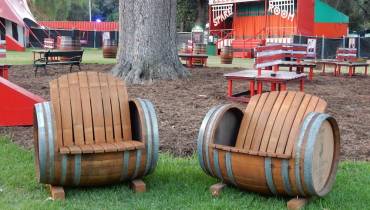How to Keep Your Garbage Disposal from Causing a Plumbing Nightmare
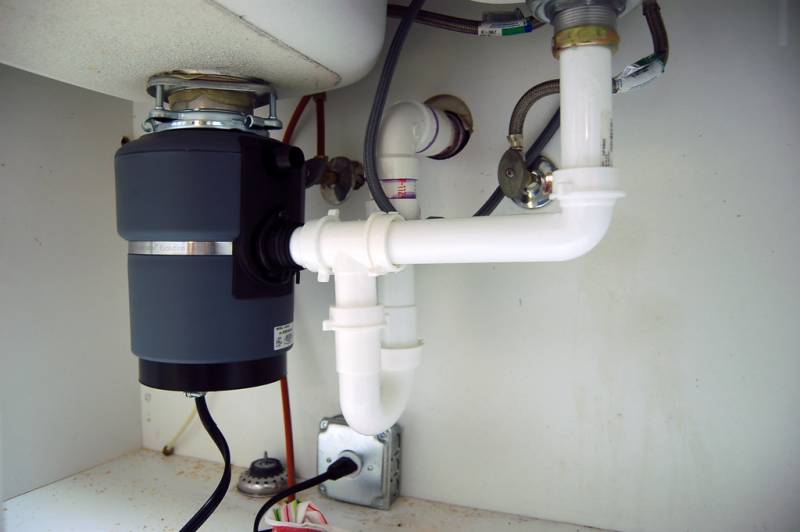
Newly installed kitchen drain garbage disposal system. Photo: Jason Coleman/ Flickr.
A garbage disposal unit (also known as a waste disposal unit or garbage disposer) is an electrical system mounted to the underside of a sink to collect food waste into a grinding chamber. It is an effective way to deal with common kitchen waste (such as uneaten food) by shredding or grinding it into small pieces.
The best part about having one installed is that it’s both affordable and easy to install and it can also reduce the amount of waste you produce that ends up in the landfill.
Oftentimes, however, the garbage disposal systems in our homes stop working due to foreign objects or food materials. Clogged blades can cause water to back up in your sink, making cleaning up a mess and or necessitating costly plumbing repair jobs.
Fortunately, there are some effective tips you can use to prevent common sink garbage disposal problems from occurring, as well as handy tips to resolve them if they do occur.
Common Garbage Disposal Problems and How to Resolve Them
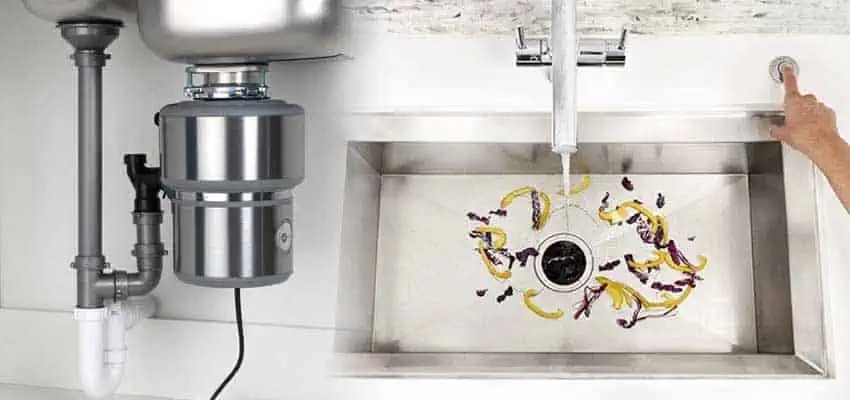
1. Clogs
Avoiding clogs is as simple as being careful with what you dispose of in your sink. Proactively keep sinks clean, making sure to avoid clogging it with hard food particles.
Scrape the dishes off before washing them to ensure the waste runs smoothly and is disposed of properly. This is essential to maintain a good garbage disposal system.
In many kitchens drain lines, the inside is not smooth or wide enough. As such, galvanized iron drain pipes over time develop a scale within. After years of use, these pipes can be choked with deposits, affecting your plumbing and disposal system.
Modern plastic PVC or ABS plastic pipes can also have deposits, especially with hardened grease, which can cause clogs. Your disposal system can clog over time due to grease, food residues, sediment, and scale.
In general, however, garbage disposal clogs are fairly easy to fix. The clog can be pushed through the drain by filling the sink halfway with water and using a plunger. As the plunger pushes the clog down the drain, the water should start to drain normally.
2. Strange Noises
Whenever you hear strange noises coming from your garbage disposal and it is humming but not grinding, this is a sign that something is jamming the flywheel.
To remove the jam, turn off your garbage disposal, unplug it, and use an Allen wrench in the breaker socket found at the bottom section of the garbage disposal.
Start turning the wrench tool back and forth to get the flywheel to turn and set free the jammed particle in the impeller blades.
Restore power and double-check that it is functioning properly.
3. System Not Turning On
In the event that your garbage disposal system doesn’t turn on, there may be a problem with the power source. Make sure it’s plugged in first.
Also, try pressing the reset button on the unit itself. This issue can also be caused by a tripped circuit breaker, a dead outlet, a malfunctioning circuit breaker, or a garbage disposal at the end of its life.
4. Leaking
It is inevitable that leaks will occur. Remove the garbage disposal unit and tighten the mounting bolts.
In the event that this does not solve the problem, push the sink flange upward until it is above the surface of the sink and apply plumber’s putty between the flange and the sink.
Essential Garbage Disposal Maintenance Do’s and Don’ts
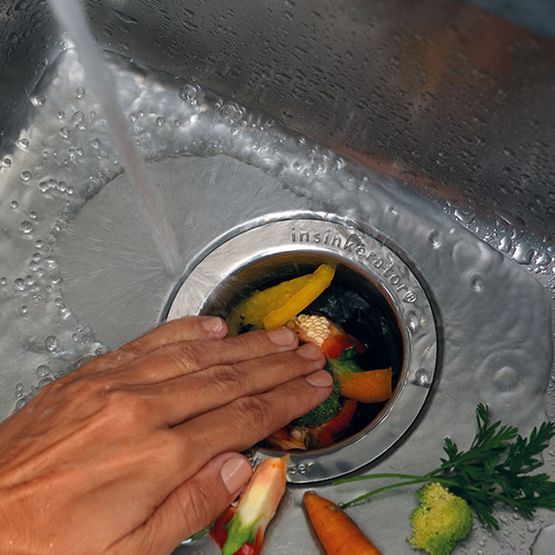
To avoid many garbage disposal problems, it important to conduct routine maintenance of your garbage disposal unit. Garbage disposals are not indestructible.
Keep the following do’s and don’ts in mind when operating and maintaining garbage disposal:
- When using the disposal, run cold water (not hot). In spite of the fact that you probably use hot water to wash your dishes, cold water is best for cleaning the drain line and removing debris.
- To eliminate unpleasant odors, run a disposal cleaner down the pipesoccasionally.
- You should avoid flushing grease or fat down the drain because it can cause the garbage disposal to clog. Blockages can also be caused by expandable foods, such as pasta and rice.
- Avoid dumping too much food waste down the disposal at once. When the disposal runs, add a little bit at a time, as the waste is broken up into small groups.
- Dispose of food items only.
Properly cleaning all the parts of your garbage disposal is the key to keeping it smelling fresh. Make sure the disposal is rinsed with clear or even soapy water after it has ground up the food. When water leaves the sink on its way to the drainpipe, imagine the vortex of spinning water rinsing the sidewalls of the disposal.
In addition, when using the garbage disposal, cut vegetable waste into smaller pieces if they are too large, mush food scraps and leftovers where necessary, and feed them slowly inside the unit while running cold water. The sound of your waste problems flushing away and grinding into shreds in the disposal can be borderline therapeutic.
Conclusion
Garbage disposals require regular maintenance to function properly. If you fail to clean it regularly and make necessary repairs on time, the disposal may become smelly, break down, and or lead to costly plumbing nightmares that require assistance from professional plumbers.
Refer to the manufacturers’ manual and consult experts plumbers for detailed info and recommendations on how to keep your unit in good working condition so that the blades keep turning and your drains remain clean.
Regardless of whether you prefer or have other methods of sink waste disposal, use your garbage disposal unit regularly to keep it in good shape.
Depending on the model you have, you should replace your garbage disposal every seven to twelve years. A professional plumber can help to evaluate any possible issues with your disposal if you use it frequently and (if necessary) install a new one.








![How Do You Prepare a DIY Freelance Invoice? [node:title]](/sites/default/files/styles/front_featured__front_/public/write-your-first-freelance-invoice.jpg?itok=7b38G8_u)

![[node:title]](/sites/default/files/styles/front_featured__front_/public/powerbi.png?itok=rq06VDcI)



















